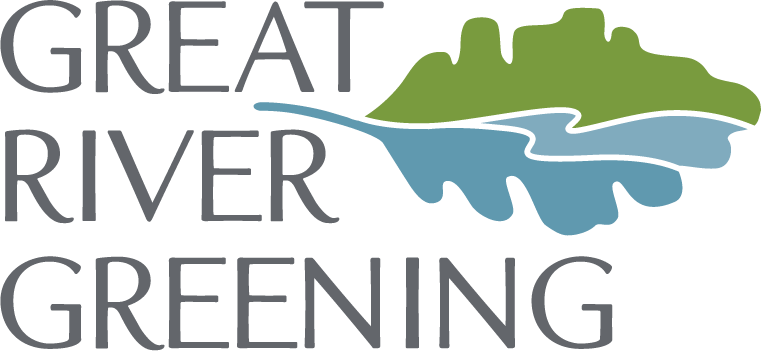Making hay!
Great River Greening has been working in the South Washington Conservation Corridor (SWCC) since 2010 to restore 80 acres of natural greenway and public open space on the border of Woodbury and Cottage Grove.Restoring former farmland to prairie, with shading oaks, native grasses, and flowers, takes many hands and years.The benefit is plenty; restored basins deeply enhance the land by providing critical native habitat and improving water quality by controlling storm water runoff.
Making Hay!
South Washington Watershed District supports Great River Greening integrating research opportunities into our restoration work.At SWCC, studying the effects of biomass harvesting is integral to the management plan. In 2013, volunteers cast 120 different species of spring flowers and grasses, like prairie hay, to be mowed later for animal feed.
"Haying was done for thousands of years. It meets agriculture and environmental objectives, in that it is a highly efficient way to remove nitrogen from the soil, and it provides food for cattle. But, it isn't practiced much now. We hope the work we are doing here will encourage more people to adopt it." - Great River Greening Ecologist Steve Thomforde
Thomforde said the practice will decrease nitrogen, and increase plant and pollinator diversity.In partnership with Xerces Society, we will compare these areas with control areas left as is and document the results.
